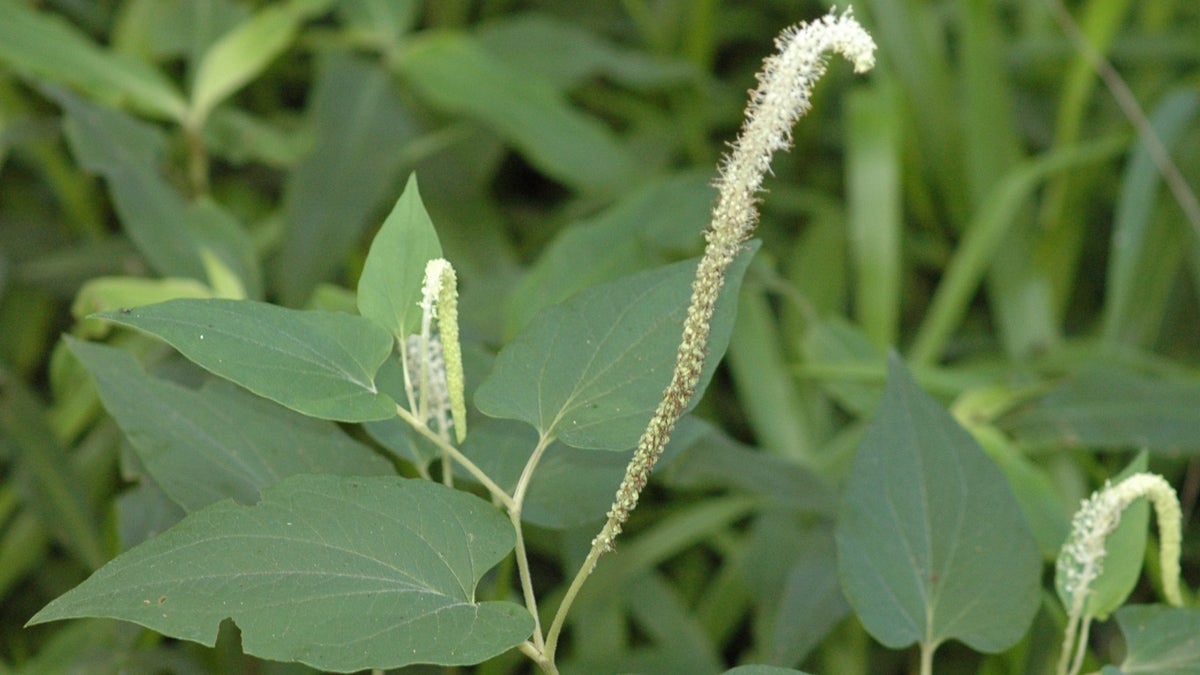Harnessing folk remedies to improve modern medication
Listen
The Lizard Tail plant was used by Cajuns and Creoles as an anti-inflammatory. (Larry Allain/US Geological Survey's National Wetlands Research Center)
Researchers are studying Cajun and Creole folk medicine to see if it could be used in modern medicine, which begs the question — can medicine go retro?
On a piece of land along Louisiana’s Atchafalaya River, Larry Allain is collecting plants.
“That’s apios americana root,” he says, handing me the freshly plucked plant. “If you wash it, you can eat it raw. But they’re better cooked.”
They taste like potatoes, he says, which he calls the “chicken of the vegetable world.” There are so many of these edible little plants in this patch of wetland, he’s envisioning a foraged meal.
“We could make suppah!” he exclaims with a Cajun drawl.
But we’re not here to make supper. We’re here for science.
Allain is a botanist for the US Geological Survey’s National Wetlands Research Center, and he’s part of a new study out of Pennington Biomedical Research Center investigating the healing potential of native Louisiana plants. The goal of this study is to figure out whether any of the plants used in Cajun and Creole folk medicines might be helpful for treating diabetes.
Generally, you might not expect folk medicine and modern medicine to work together like this. But that might be the thing about this study that excites Ray Brassieur most. He’s an anthropologist with University of Louisiana-Lafayette.
“You know,” says Brassieur, “it requires a certain amount of respect for traditional knowledge. And that is not always how science works. Because in a lot of ways—especially during the 20th century at different times—science has tried to replace traditional knowledge. But as a result, a whole lot of knowledge has been thrown to the side. And now, you know, some people are believing that there’s a value in taking another look.”
One of the plants they’re studying today is the Lizard’s Tail.
“It’s just a common wetland plant,” says Allain. “Easy to find. Grows in the shade.”
Lizard’s Tail has a stalk of tiny, white flowers that gradually taper toward the end, resembling the proportions of, well, a lizard’s tail. It was sought by Cajuns and Creoles for it’s anti-inflammatory properties, and it would have been either steeped into a tea or applied directly to wounds.
Once back in his lab, Allain will send the Lizard’s Tail sample to collaborators at Rutgers University. Scientists at Rutgers will prepare an extract, then send that extract to Anik Boudreau at Pennington.
“And then we do the experiments on the actual cells here in the lab,” says Boudreau. “In our case what we’re looking for are effects on insulin signaling.”
In other words, things that have to do with diabetes.
But it’s not easy work. For one, plants are pretty chemically complicated. There can be thousands of compounds in a given plant sample. And even for the same plant, its chemical makeup can change with the seasons.
“That complexity makes things difficult in a way,” says Boudreau, “but it also means that there’s a huge potential there.”
And they’ve been pretty happy with their results so far. Overall, they’ve tested about 100 extracts, and about 10 percent of those may be effective. But it’s still early in the process, so she’s quick to add a caveat: “When I say that it was effective, it was effective in increasing insulin-mediated, AKT phosphorylation in a context of insulin resistance, in this particular muscle cell line that’s growing in a dish…”
Meaning that they are at the very, very beginning here. It’s not a definite treatment. But because The National Institute of Health recently renewed funding for Pennington’s study, the research is poised to continue for at least 5 more years.
WHYY is your source for fact-based, in-depth journalism and information. As a nonprofit organization, we rely on financial support from readers like you. Please give today.



